Looking for the perfect December birthstone? Whether you love the deep blue of tanzanite, the vibrant turquoise, or the dazzling zircon, each gemstone has its own unique charm and significance. In this guide, we’ll help you explore their meanings, colors, and care tips—so you can choose the ideal December birthstone for yourself or a loved one!
Now Our December Treasure Collection is all here
Turquoise: The Timeless December Birthstone
Turquoise: A December Birthstone with a Rich History
- Jewels of Royalty: Pharaohs and ancient rulers adorned themselves with turquoise as a symbol of power and protection.
- Chinese Craftsmanship: Chinese artisans carved turquoise more than 3,000 years ago, showcasing its lasting significance.
Symbolism and Spiritual Meaning of Turquoise as a December Birthstone
- Bringer of Good Fortune: Believed to attract health, wealth, and prosperity.
- Protection from Falls: Since the 13th century, it was thought to safeguard wearers from falling, especially horseback riders.
- A Token of Wealth: Hindu mystics claimed that seeing turquoise after spotting the new moon would bring great fortune.
Turquoise in Native American Culture: A Sacred December Birthstone
- Apache Legend: It was said that turquoise could be found by following a rainbow to its end.
- Enhancing Accuracy: Warriors attached turquoise to bows and firearms, believing it improved aim.
- Gift from Nature: The Pueblo people believed its vibrant color came from the sky, while the Hopi thought it was created by lizards scurrying over the earth.
Turquoise: The December Birthstone of Kings and Elegance
- Ancient Egyptian Treasures: Adorns King Tutankhamun’s funerary mask, symbolizing eternal power.
- A Symbol of Modern Luxury: Featured in a famous Cartier necklace of amethyst and turquoise worn by Wallis Simpson, Duchess of Windsor.
- A Wedding Tradition: Turquoise is the traditional gemstone for the 11th wedding anniversary.
Cultural and Spiritual Significance of Turquoise, the December Birthstone
A Talisman of Peace: Worn to promote spiritual balance and inner harmony..
European Symbolism: A turquoise ring is traditionally gifted as a token of “forget me not.”
Tibetan National Treasure: Regarded as a gemstone that brings health, luck, and protection from evil.
How to Care for Your Turquoise Birthstone?
Turquoise is a delicate gemstone that requires proper care to maintain its beauty and durability. Many turquoise stones undergo treatments to enhance color, hardness, and polish:
- Dyeing & Chemical Enhancements: Some turquoise is dyed or chemically treated with epoxy or acrylic resin to improve strength and color vibrancy.
- Filling Techniques: Cavities in turquoise may be filled with metal-loaded epoxy to mimic natural pyrite inclusions.
Avoiding Damage: What Harms Your Turquoise Birthstone?
While turquoise is generally stable under light exposure, it is sensitive to heat, chemicals, and acids:
- Heat Sensitivity: High temperatures can cause discoloration or cracks in turquoise.
- Chemical Reactions: Acids, cosmetics, perfumes, and even skin oils can alter the gemstone’s color over time.
- Water & Sweat: Prolonged exposure to moisture, sweat, or harsh cleaning solutions can weaken the stone.
Best Practices for Cleaning Your Turquoise Birthstone
To keep your December birthstone looking vibrant:
Use warm, soapy water and a soft cloth for gentle cleaning.
Avoid steam or ultrasonic cleaners, as they may damage treated surfaces.
Never use harsh chemicals or solvents, which can strip the stone’s polish and alter its color.
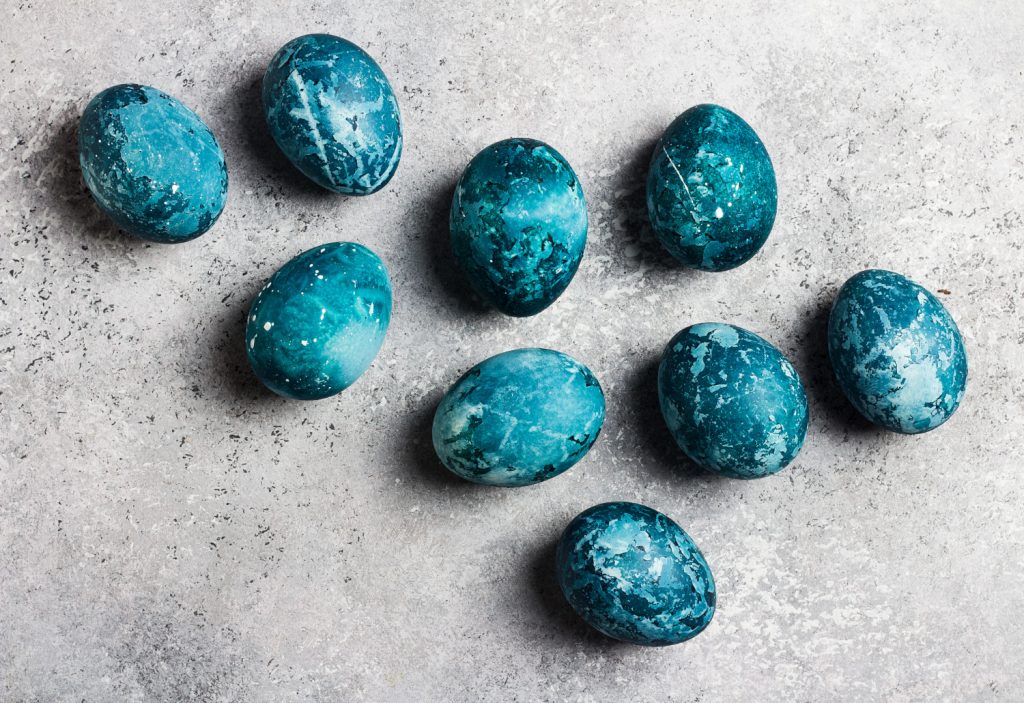
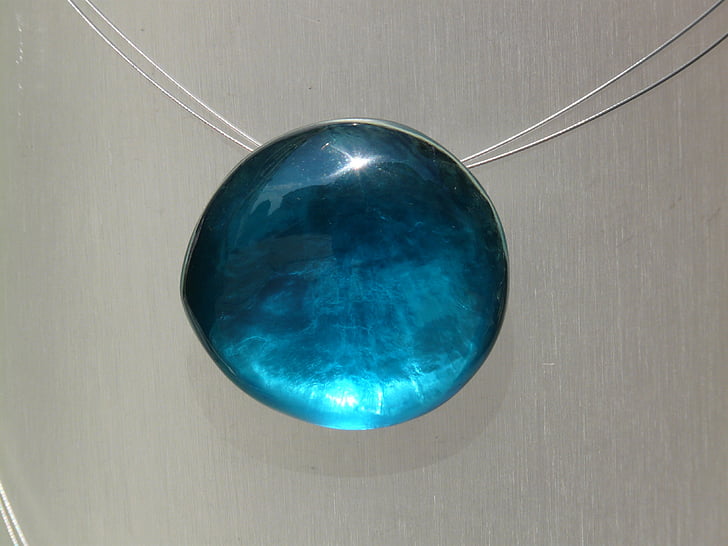
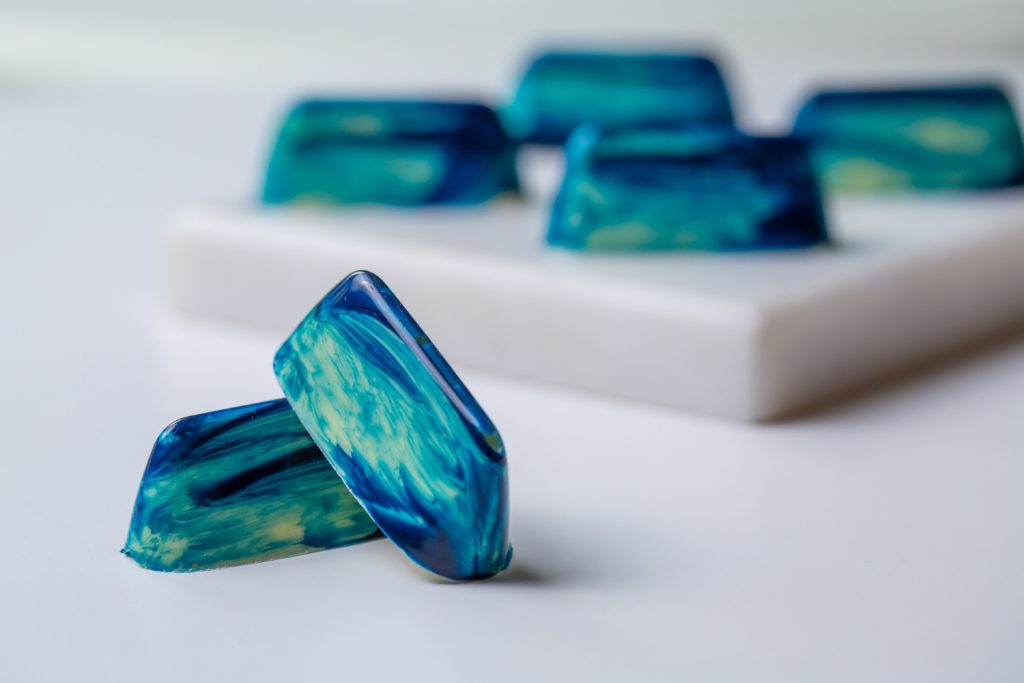
Tanzanite – The Stunning December Birthstone
Tanzanite is a relatively recent addition to the world of gemstones, yet it stands out as one of the most remarkable discoveries of the 20th century. This captivating blue-violet gemstone was first identified in 1962 as a variety of the mineral zoisite, but its true potential wasn’t realized until 1967, when prospectors discovered its primary source: the Merelani Hills of northern Tanzania. In honor of its country of origin, this mesmerizing gem was officially named tanzanite.
What Makes Tanzanite Special?
- Known for its velvety luster, tanzanite displays a deep, saturated blue-to-violet hue, with the purest blue shades being the most valuable.
- This unique December birthstone is only found in one place on Earth – the Merelani Hills of Tanzania.
- Due to its rarity, tanzanite is often considered an exotic and highly sought-after gemstone.
Tiffany & Co.’s Role in Tanzanite’s Popularity
Recognizing its global appeal, Tiffany & Co. became the leading distributor of tanzanite. In 1968, they launched an ambitious advertising campaign that quickly propelled tanzanite into the spotlight. Today, it is not only a December birthstone but also a symbolic gem for 24th wedding anniversaries.
Mining & Origins: The Merelani Hills
- The only commercial source of tanzanite is the Merelani Hills in Tanzania.
- The region features grassy hillsides, rocky terrain, and sparse vegetation, with Mount Kilimanjaro’s snow-covered peaks visible in the distance.
- Thousands of miners extract this rare gem from deep underground mines, some reaching depths of over 100 meters (300 feet).
Tanzanite Birthstone: Care & Cleaning Tips for Lasting Brilliance
Tanzanite, a stunning December birthstone, ranks 6 to 7 on the Mohs hardness scale, making it moderately durable. While it resists everyday heat, light, and common chemicals, sudden temperature changes or excessive heat can cause cracks. Additionally, hydrochloric and hydrofluoric acids can damage the stone, so proper care is essential.
How to Maintain Tanzanite’s Vibrant Color:
Best Settings for Tanzanite Jewelry:
- Most Tanzanite starts as brownish zoisite and undergoes heat treatment to achieve its signature blue to violet hues—a permanent enhancement with no durability concerns.
- To preserve its brilliance, store Tanzanite jewelry separately to avoid scratches.
- Ideal for: Earrings & pendants (protected from daily wear).
- Rings: Not recommended for everyday wear unless placed in a protective setting.
How to Clean Tanzanite Safely:
- Use warm, soapy water and a soft brush.
- Avoid ultrasonic or steam cleaners, as they can damage the gem
- Wipe gently with a microfiber cloth to maintain its shine.
Pro Tip: For deep cleaning, consult a professional jeweler to ensure the stone’s longevity.
also read: Men’s Jewelry Along Time
Zircon: The December Birthstone with Timeless Beauty
Why Zircon is a Special December Birthstone?
Zircon is a dazzling gemstone known for its incredible brilliance and fiery flashes of color. It comes in a variety of shades, including blue, red, orange, yellow, brown, green, and even colorless, making it one of the most diverse December birthstones.
- The name “zircon” is believed to come from the Arabic word “zarkun” (meaning cinnabar or vermilion) or the Persian “zargun” (meaning gold-colored), reflecting its wide color range.
- Colorless zircon is often mistaken for diamonds due to its intense sparkle and fire.
Where is Zircon Found?
- The Harts Range in Australia is a well-known source of yellow-brown, pink, and purple zircon.
- Zircon is often found near sapphire deposits in Sri Lanka, Myanmar, Vietnam, and Cambodia.
- One of the most famous mining sites is Zircon Hill, located near the cultural city of Alice Springs, Australia.
Historical Significance & Myths
- In the Middle Ages, zircon was thought to promote restful sleep and ward off evil spirits.
- In Hindu traditions, zircon is one of the nine sacred gems in the Navaratna, a powerful talisman believed to bring wealth, wisdom, and health.
- During the Victorian era, blue zircon was a popular gemstone, often found in antique English jewelry from the late 1800s.
Should You Choose Zircon as Your Birthstone?
If you’re looking for a December birthstone that’s as unique as you are, zircon is a perfect choice. Whether you love its rich history, vibrant colors, or diamond-like brilliance, zircon offers something for everyone.
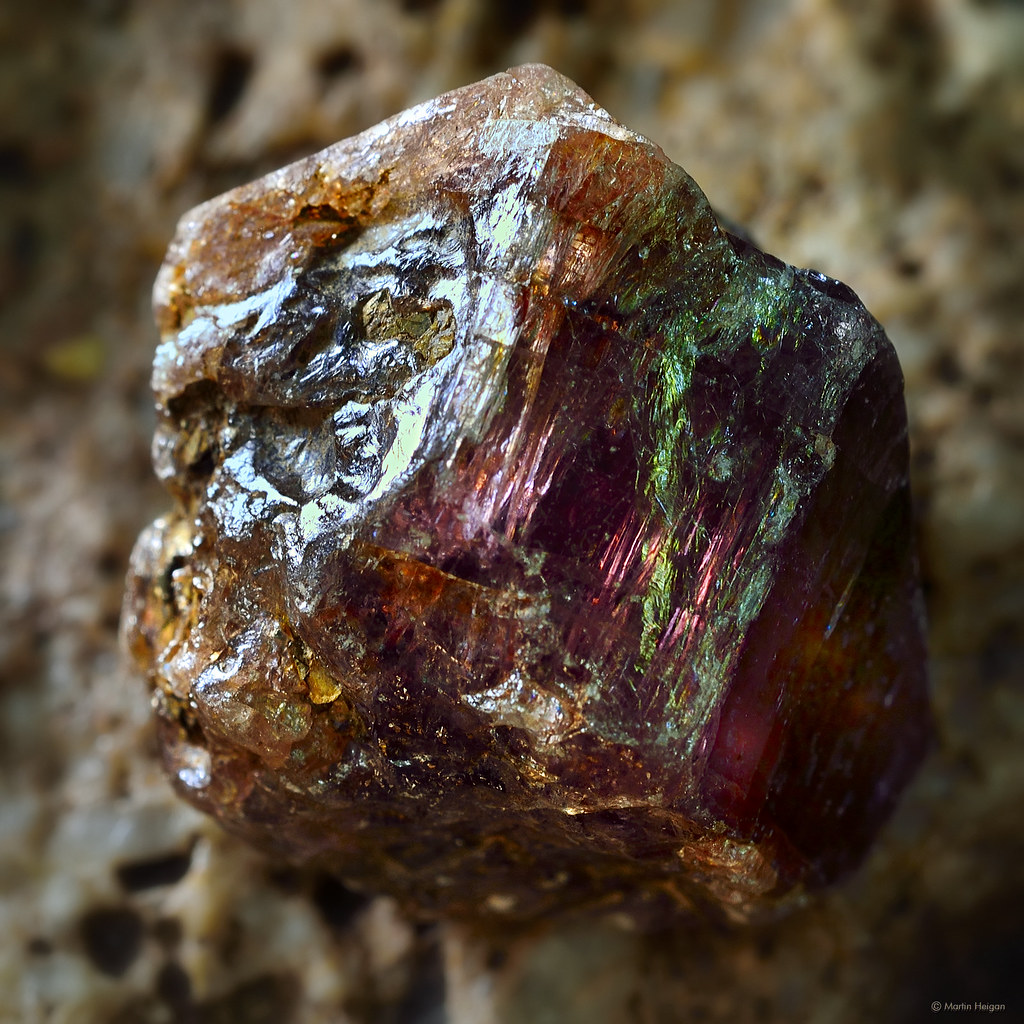
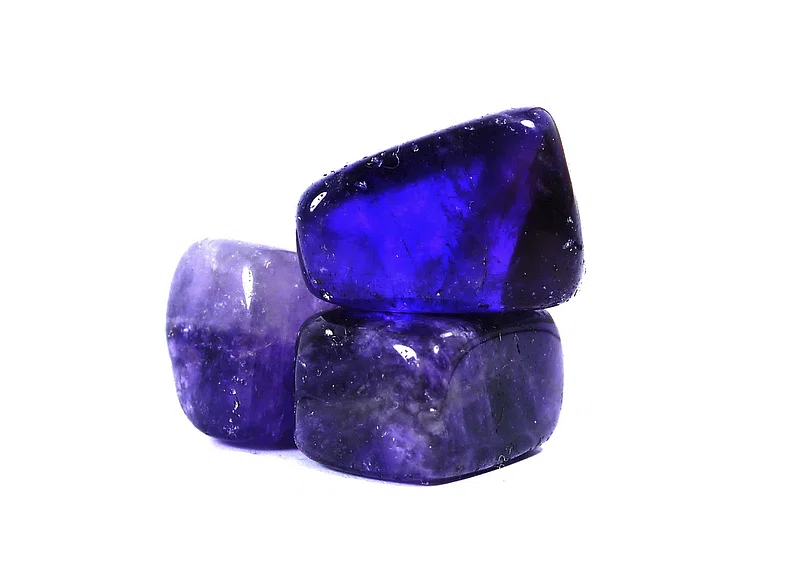
How to Care for Your Zircon Birthstone Jewelry
Zircon Hardness & Durability
- Zircon ranks 6 to 7.5 on the Mohs scale, making it a relatively durable but slightly brittle gemstone.
- While generally stable in light, some heat-treated zircons (especially blue and colorless ones) may slowly fade or revert to their original light brown shade with prolonged sun exposure.
- Exposure to high heat can also alter the color of some zircon gemstones.
How to Protect Your Zircon Jewelry?
To prevent scratches and damage:
Avoid rough activities – Remove zircon rings or bracelets before gardening, sports, or household chores.
Store properly – Keep your zircon jewelry in a separate, padded jewelry box to avoid scratching softer gemstones.
Keep away from extreme heat – Prolonged exposure to bright light or high temperatures may alter its color.
Best Way to Clean Zircon Jewelry
- Use a soft brush, mild soap, and warm water to clean your zircon gemstone.
- Avoid ultrasonic and steam cleaners, as they can damage certain zircon stones.
- Dry with a soft cloth and store in a cool, dark place to maintain its brilliance.
Final Tip: Whether it’s a blue zircon, golden zircon, or colorless zircon, proper care will keep your December birthstone sparkling for years!
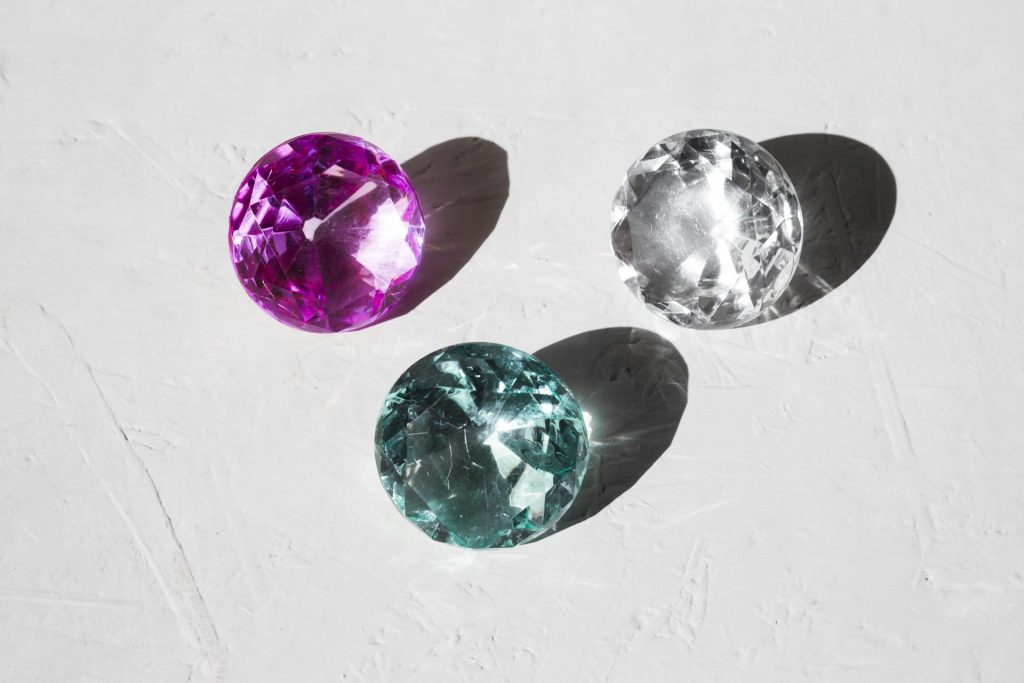
More than just a beautiful gemstone, turquoise—the December birthstone— symbolizes wisdom, protection, and the deep connections that bind us together. This captivating stone has been cherished for centuries, offering a sense of tranquility and positivity to those who wear it.
For those born in December, turquoise jewelry serves as a personal talisman, reflecting their unique spirit and birth month’s significance. As the year comes to a close, let the vibrant hues of turquoise inspire joy, warmth, and new beginnings. Whether as a cherished keepsake or a thoughtful gift, turquoise remains a timeless emblem of love, celebration, and enduring beauty.
Explore the magic of turquoise and find the perfect piece to brighten your collection today!
FAQ about December Birthstone:
What is the stone for December Rashi?
Turquoise Gemstone Is Worn As The December Month Birthstone.
What Stone is good for December?
Blue Topaz, Blue Zircon, Tanzanite and Turquoise.
Is December turquoise or tanzanite?
tanzanite, zircon, and turquoise.

0 Comments